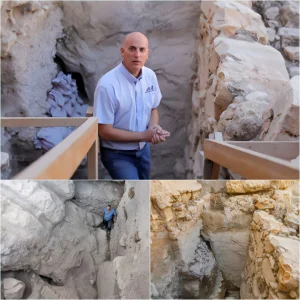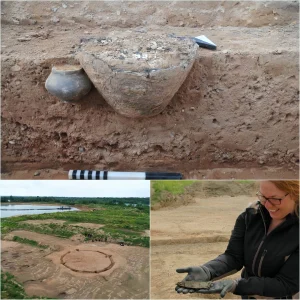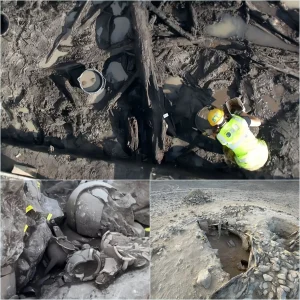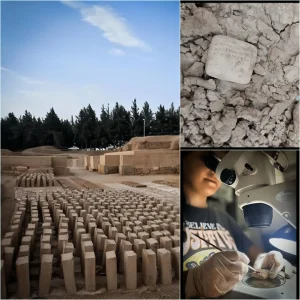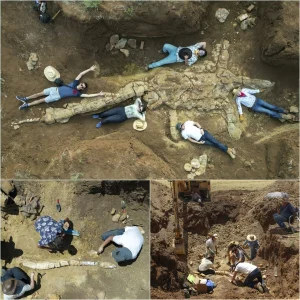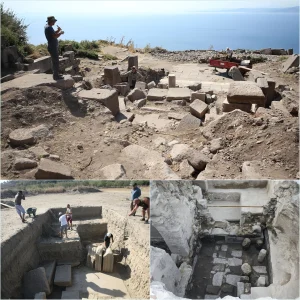The recent eruptions in Iceland, captured vividly through dramatic drone footage, have underscored the awe-inspiring power of volcanoes. While their beauty and mesmerizing displays captivate, they also wield deadly force.
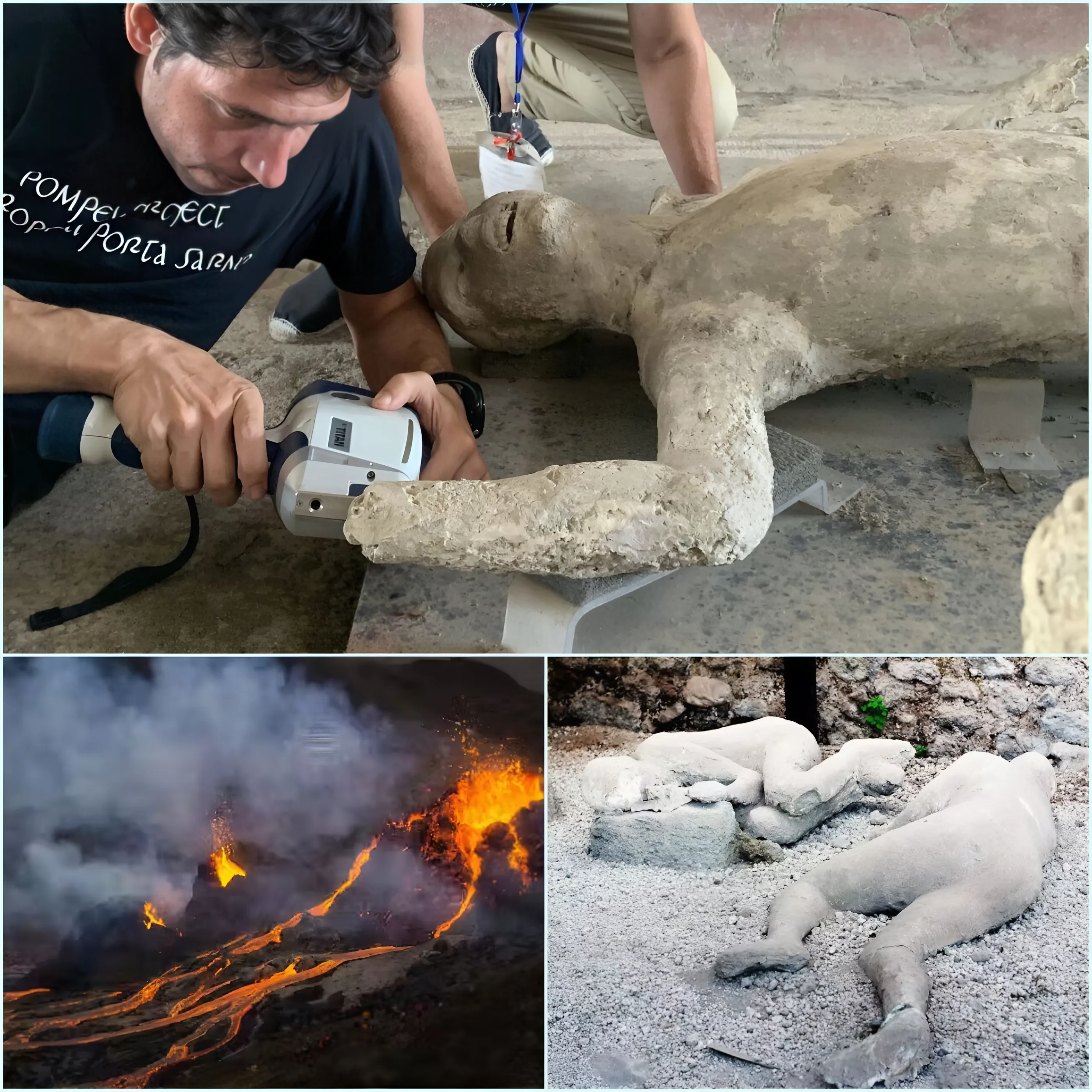
Throughout history, there have been eruptions so extraordinary they have left an indelible mark. Examples include Krakatoa in 1883, whose explosion resonated globally, and Mount Tambora, which triggered famines across the northern hemisphere.
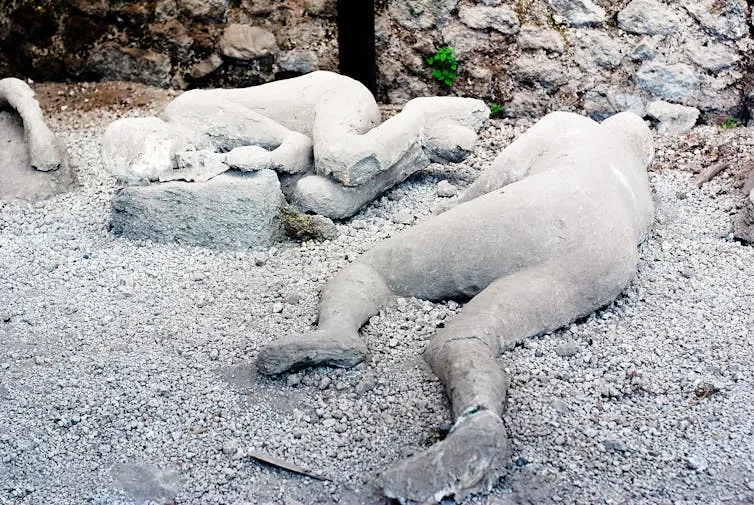
Among the most renowned is the AD 79 eruption of Vesuvius in Italy, which buried the Roman towns of Pompeii and Herculaneum beneath layers of ash.

Human history has been profoundly shaped by volcanic activity. Now, advancements in understanding how skeletons respond to heat are enhancing our comprehension of volcanic impact on human mortality.
The catastrophic Vesuvius eruption effectively preserved Pompeii and Herculaneum like insects in amber, offering archaeologists unparalleled insights into the daily lives of those living under the volcano millennia ago. The opportunity to explore an ancient city almost frozen in time allows us to tangibly connect with our ancestors.
Yet, scientific studies on the remains of Vesuvius victims have sparked debate. Until recently, the prevailing view was that the intense heat and force of Vesuvius’s pyroclastic flow instantly vaporized soft tissues.
However, this theory contradicts modern crematoria studies and archaeological findings, which show that soft tissues do not vaporize even at temperatures of hundreds of degrees Celsius. Instead, they slowly dehydrate, contract, and detach from the body over time.
